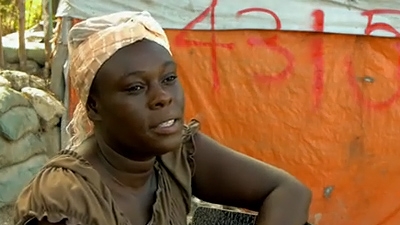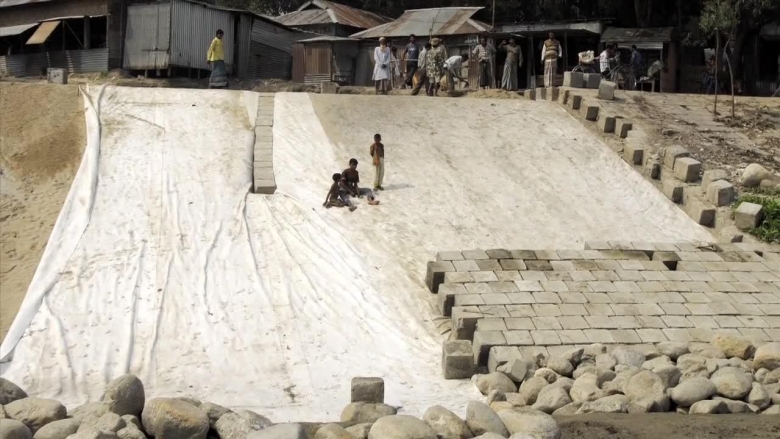Since the 1980s, there has been an upward trend in disaster losses. During the 1980-2012 period, estimated total reported losses due to disasters amounted is US$3.8 trillion. Disasters trap people into poverty. Poor and marginalized households tend to be less resilient and face greater difficulties in absorbing and recovering from disaster impacts.
Disaster risk is increasing mainly as a result of growing exposure of people and assets to natural hazards. Detailed analysis shows that the biggest driver of disaster risk in recent years has been the substantial growth of population and assets in at-risk areas. Migration to coastal areas and the expansion of cities in flood plains, coupled with inappropriate building standards, are among the main reasons for the increase.
Hydro-meteorological disasters accounted for 74% (US$2.6 trillion) of total reported losses, 87% (18,200) of total disasters, and 61% (1.4 million) of total lives lost. Looking ahead, climate change will have major implications on global ecosystems, agriculture and water supply, sea level rise and storm surges. Historical patterns alone will no longer be a good basis for planning. Effective risk management strategies help in reducing disasters in the short to medium-term, while reducing vulnerability over the longer term.
Few countries have the tools, expertise, and mechanisms to consider the potential impact of disaster risk on their investment decisions. They rarely account for disaster losses, collect data, and assess risks systematically. As a result, they are not able to direct the necessary resources to protect their investments and reduce their exposure to future disaster impacts.
Solution
Natural hazards need not turn into disasters. Deaths and damage resulting from disasters expose the cumulative implications of human decisions. Prevention is possible and often less costly than disaster relief and response. Disaster risk can be reduced by strengthening resilience: the ability of societies to resist, cope with, and recover from shocks.
The World Bank is responding to the growing demand from its clients, building disaster resilience through five core areas focusing on:
Risk Identification: By understanding disaster risks and anticipating the potential impacts of natural hazards, disaster and climate risk assessments can help governments, communities, businesses and individuals make informed decisions to manage that risk.
Risk Reduction: Disaster risk information can inform different development strategies, plans and projects that can in turn reduce risks. This can either be done by avoiding the creation of new risks or by addressing existing risks
Preparedness: Adequate preparedness measures are essential because disaster risk can never be completely eliminated. Preparedness through early warning systems save lives and protect livelihoods and is one of the most cost-effective ways to reduce the impact of disasters.
Financial Protection: Financial protection strategies protect governments, businesses and households from the economic burden of disasters. These strategies can include programs to increase the financial capacity of the state to respond to an emergency, whilst protecting the fiscal balance.
Resilient Reconstruction: The challenge of reconstruction also presents an opportunity to promote disaster risk management through integrated resilient recovery and reconstruction planning that will drive longer-term resilient development.



